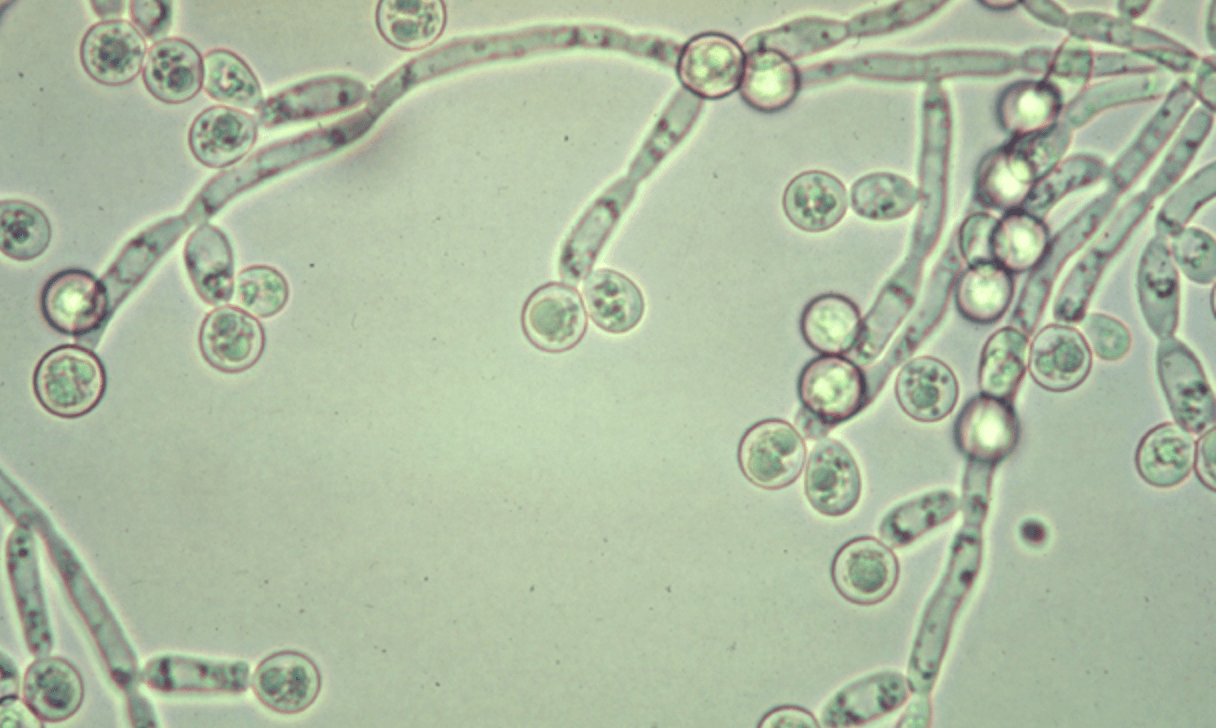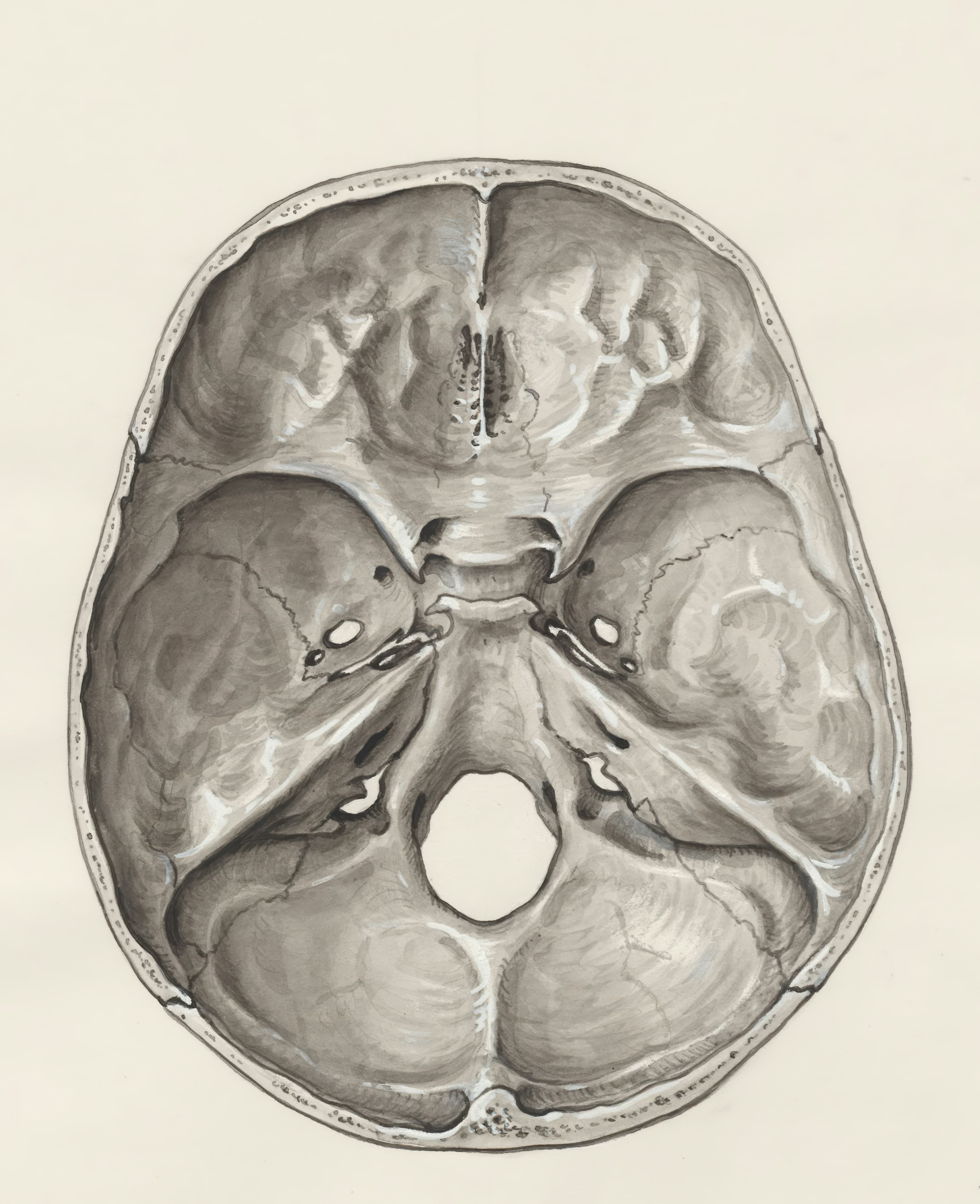Candida is a type of yeast that naturally exists in our bodies, usually without causing any harm. However, under certain conditions, it can overgrow, leading to various health issues. In this article, we will explore the world of candida, understanding its role in the body, recognizing the symptoms of overgrowth, discussing the dietary approach known as the candida diet, and exploring different treatment options.
Introduction
What is Candida?
Candida refers to a group of yeast species that commonly inhabit various parts of our bodies, such as the mouth, gut, and vagina. The most common type is Candida albicans. Under normal circumstances, these yeasts exist in harmony with other microorganisms in our body, without causing any problems.
Candida's Role in the Body
Candida plays a role in our body by aiding digestion and nutrient absorption. It also contributes to maintaining a healthy balance in the gut microbiome. However, when an imbalance occurs or our immune system weakens, candida can multiply rapidly, leading to an overgrowth.
Recognizing Candida Overgrowth
Candida overgrowth can manifest through various symptoms, such as:
- Recurring yeast infections
- Digestive issues, including bloating, gas, and diarrhea
- Fatigue and difficulty concentrating
- Weakened immune system, resulting in frequent illnesses
- Skin problems like rashes and itching
If you experience multiple symptoms persistently, it is essential to consult a healthcare professional for proper diagnosis.
Identifying Candida Symptoms
To determine whether candida overgrowth is the cause of your symptoms, several diagnostic methods may be employed. These include blood tests to detect specific antibodies or stool tests to analyze the presence of candida. Your healthcare provider will guide you through the diagnostic process and interpret the results.
The Candida Diet: A Dietary Approach
The candida diet is designed to reduce candida overgrowth by eliminating foods that promote its growth and encouraging the consumption of foods that support a healthy balance in the body. Here are some key principles and food recommendations:
Key Principles
- Eliminate or minimize sugar and artificial sweeteners from your diet.
- Avoid refined carbohydrates like white bread and pasta.
- Limit alcohol consumption.
- Include non-starchy vegetables, lean proteins, and healthy fats in your meals.
- Consume probiotic-rich foods to support a healthy gut.
What to Avoid to Minimize Overgrowth
To minimize candida overgrowth, it is advised to avoid or minimize the following:
- Sugar and sugary beverages.
- Processed foods and refined carbohydrates.
- Artificial sweeteners.
- Alcohol and caffeine.
- Moldy or fermented foods.
Treatments for Candida Infection
To treat candida overgrowth, various treatment options are available, depending on the severity of the infection.
Medical Interventions
For severe cases, antifungal medications may be prescribed to eliminate the excess candida. These medications can be administered orally or in topical form, depending on the affected area. It is crucial to follow your healthcare provider's instructions and complete the entire course of treatment.
Natural Remedies and Probiotics
In addition to medical interventions, natural remedies and probiotics can be considered to support candida treatment. Natural antifungal products like tea tree oil or garlic extract may provide relief. Probiotics, such as Lactobacillus acidophilus and Bifidobacterium, can help restore the balance of the gut microbiome.
You can also check our devices like Mezator BRT or Mezator M1 which could help to treat candida.
Conclusion
Understanding candida, its role in the body, and the symptoms of overgrowth is essential for a targeted approach to treatment. With the guidance of healthcare professionals and adherence to a balanced diet, including the candida diet principles, it is possible to regain a healthy balance and alleviate candida-related symptoms.
Management and Treatment
Management and treatment are crucial components in addressing medical conditions and promoting overall health and well-being. Effective management involves developing a comprehensive plan to address the symptoms and underlying causes of a condition, which may include medication, therapy, lifestyle modifications, and regular monitoring. It also requires the collaboration of various healthcare professionals, such as doctors, nurses, therapists, and specialists, to ensure that the best possible care is provided. Additionally, patient education and empowerment are important aspects of management, as individuals need to understand their condition and be actively involved in their treatment plan. Treatment, on the other hand, focuses on implementing the specific interventions outlined in the management plan. This may involve procedures, therapies, medication, or surgical interventions, depending on the nature and severity of the condition. It is essential for healthcare providers to continuously evaluate the effectiveness of the management and treatment plan and adjust it as necessary to ensure the best possible outcome for the patient.





